Solar Energy in Australia: Understand Solar Power in 2025
Solar power is becoming an increasingly popular choice for Australians to begin generating renewable energy at home. Australia is also conveniently well-suited for solar energy thanks to its ample sunlight and wide-open spaces. Below we'll explain all you need to know about solar power in Australia. Read on for more.
What is Solar Energy in Simple Words?
In simple terms, solar energy is energy that comes from the sun. The sun is one of the most powerful objects in existence, and we can trap energy from the sun and use it to create solar electricity and heating. The process of harnessing the sun's power to create energy is known as solar energy or solar power.
Solar energy is clean energy and is good a replacement for dirty forms of energy such as oil, gas, LPG, and coal. This makes solar power a renewable energy source.
How Does Solar Energy Work?
Solar energy works by harnessing the invisible energy from the sun and converting it into tangible energy such as electricity or heat.
Solar panels have layers of silicone inside that react to sunlight. The sun causes the silicone in solar panels to release electrons which create an electrical charge. This charge is then harnessed in the form of solar electricity.
In fact, the sun's energy fuels all life on earth. Sunlight has energy particles called photons. As photons from the sunlight hit the earth, plants and animals absorb the energy in different ways. Plants use photosynthesis to turn the sun's energy into food for themselves. Then, animals eat the plants and absorb their energy.
Humans absorb the sun's energy by eating plants and animals, but human bodies also use the sun's energy to create vitamin D.
The process of creating solar power is not much different from this. We can harness the sun's photons using solar panels to create solar power.
How do solar panels work?Read the details of how solar panels work in this guide to solar panels.
What Are the Main Uses of Solar Energy?
There are different ways to harness solar energy, depending on what it needs to be used for.
The three main uses of solar energy are:
- Using solar PV (photovoltaics) for creating electricity
- Using solar thermal for heating water, homes & pools
- Using passive solar design for heating and cooling buildings
Simply put, solar photovoltaics is used for generating electricity.
Solar thermal is used for heating water which can be used to heat homes and pools, or simply for use as hot water.
Passive solar design is used for maintaining spaces warm in Winter and cool in Summer.
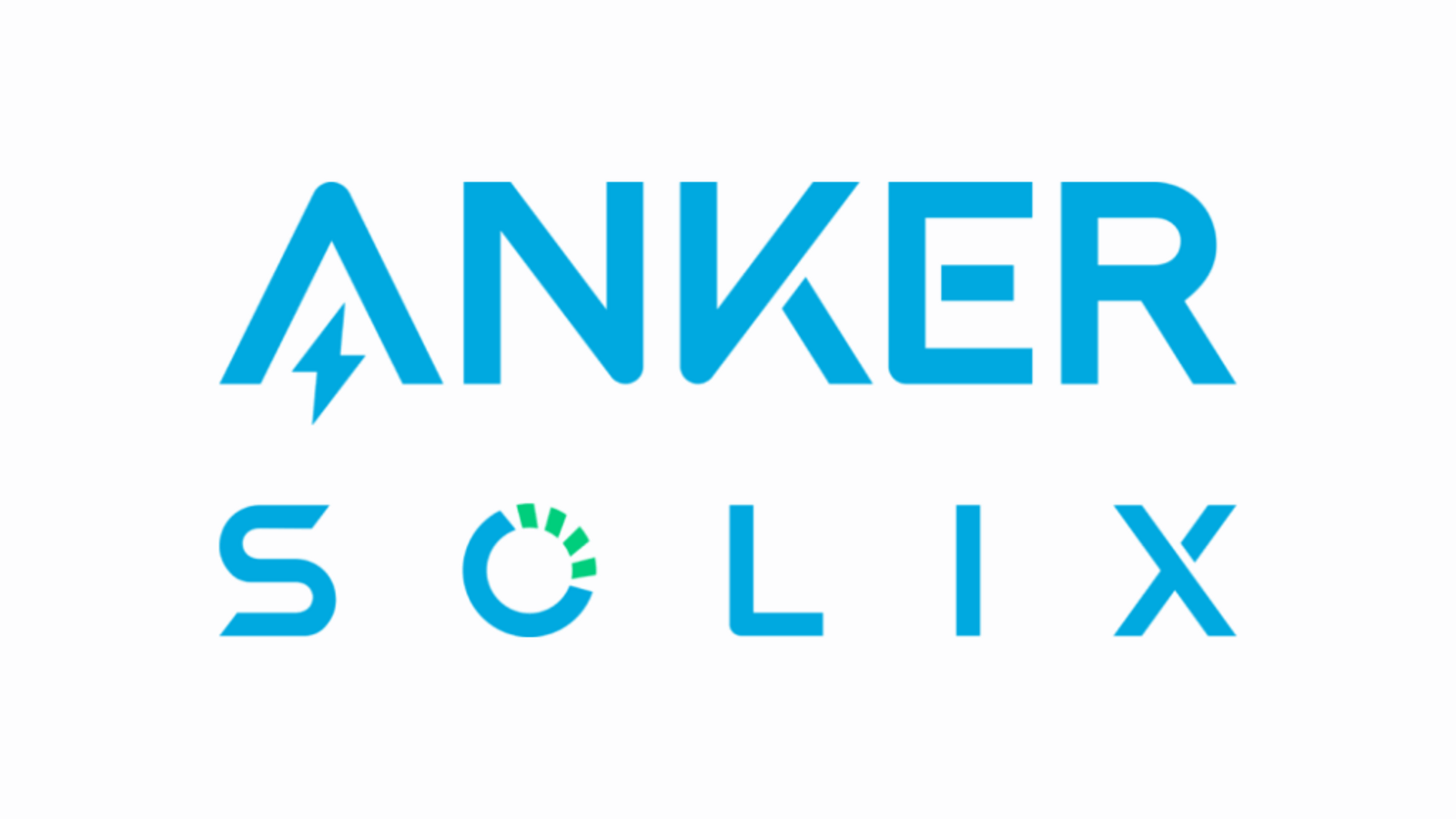
Anker Solix offers reliable solar panels, along with batteries and generators to keep your home powered on or off the grid. Their scalable battery systems and portable solar generators make it easy to capture and store solar energy for everyday use or backup needs.
Solar photovoltaics (solar PV) and solar panels
🔆 Not ready for rooftop solar panels yet? Start small with Commercial LED Solar Lights — an easy, off-grid way to embrace solar energy and cut your outdoor lighting costs.
Solar photovoltaics is used to generate electricity. Photovoltaics are the blue, classic solar panels most people are used to seeing around.
These solar panels function as a solar electricity system and utilize the "photovoltaic effect" to transform the sun’s light into electricity through the use of materials such as silicone that release minute electric energy when exposed to sunlight. As the energy created by solar panels is small, you typically see several solar panels combined to form an array for greater output.
Did You Know?The first solar cells were described in 1883. However, technology wasn't advanced enough to harness the sun's energy until more recently. Modern solar panels utilizing the photovoltaic effect were first invented by US company Bell Labs and were able to transform sunlight into electricity at 4% efficiency. Today, most modern solar panels run between 15% - 20% efficiency.
Looking for a Solar Quote or the cheapest Solar Panel Installation?
Click now or call our providers to find the cheapest deal for your needs!
Solar Thermal Energy
Solar thermal energy is the process of harnessing the heat from the sun to create hot water, heat spaces within your home, or to create solar electricity.
Solar thermal uses solar panels that heat water by trapping the sun's energy. The hot water can be used for cooking and bathing, to heat the air in your home, and in some cases to generate electricity. Additionally, solar thermal systems can help reduce reliance on fossil fuels and lower energy costs.
Solar thermal systems are mostly found in homes and are used for central heating or solar pool heating.
On an industrial scale, solar thermal systems can be used with mirrors to concentrate the sun's light on a specific thermal reactor which will heat liquids and generate steam. The steam can power a turbine and produce electricity.
Concentrated solar thermal energy is still very new and costly and therefore is only in it's early stages of development in Australia.
Passive Solar DesignPassive solar design uses the sun's energy and orientation to design buildings that can heat and cool themselves without electricity. Passive solar design involves building a home so that during the summer, the building is shielded from the sun's harsh rays and can maintain a cool interior temperature. Likewise, passive solar design positions the building so it can receive extra heat in the winter when the sun's rays are less strong allowing the building to heat up when it's cold out.
Need Energy Advice ?
Selectra's Energy Experts are Available To Help You Free of Charge
(Free Selectra Service - Currently open)
Advantages & Disadvantages of Solar Energy
Here is a list of the main advantages and disadvantages of solar energy:
| Advantages of Solar Energy | Disadvantages of Solar Energy |
|---|---|
|
|
Advantages of Solar Energy
Save on energy bills: How much you save and earn with solar panels depends on the size of your system but not only will you reduce your energy bill by using less electricity drawn from the grid, you might even earn money through a solar feed-in-tariff.
Increase your home's value: While solar panels can’t be uninstalled and taken with you if you move, you will be able to benefit from the increase in home value by installing a solar system onto your house.
Help the environment: The sun is a renewable energy source, and using solar energy means less electricity generation from coal or other non-renewable and environmentally unfriendly sources.
Combat rising electricity costs: With electricity costs on the rise, and the cost of solar panels decreasing, investing in solar energy means far greater energy independence and freedom. For a breakdown of solar installation prices in NSW, you can read RK Solar’s guide.
Positive return on investment: Despite the high start-up costs, between reducing your energy bill and earning through a solar feed-in-tariff, your solar PV system could pay for itself within 10 years.
Low maintenance: While solar panels might seem like they will be costly to maintain, in reality, it is really easy. Most solar panel installers have warranties on their parts for up to 25 years for any big problems, and the only thing you need to worry about is keeping them clean of debris a few times a year.
Disadvantages of Solar Energy
High start-up cost: Even though the cost of solar PV systems has decreased dramatically in the last few years, they’re still an expensive investment. The average cost of a 5kW solar system in Australia is around $5,000 but can cost even more in some states. If you want to add solar battery storage to your system, that can cost you over another $10,000.
Can’t take solar panels when you move: Solar panels are a good investment if you’re not planning to move for a long time, as they are next to impossible to uninstall and take with you. However, if you do need to move, solar panels do increase the value of your home.
Dependent on Good Weather: Solar panels obviously rely on the sun to generate solar energy. If you live somewhere with lots of cloud cover, or where you don’t get multiple hours per day of sunlight, you won’t generate enough electricity to earn back on your investment.
Not suitable for every home: There are a lot of factors that go into determining if solar panels are a good fit for your home. If your roof is facing the wrong direction or has a bad angle, solar might not be suitable for you.
Not 100% carbon neutral: Even though solar energy is a renewable resource, the emissions involved in manufacturing solar PV systems means that they are not 100% carbon neutral.
Moving home? Most solar system warranties are transferable to new homeowners, and having owned and installed solar panels on your roof could increase your home’s real estate value by up to $20,000.
Looking for a Solar Quote or the cheapest Solar Panel Installation?
Click now or call our providers to find the cheapest deal for your needs!
STATS: Solar Energy Australia
Australia is well-suited for solar energy as one of the sunniest countries on the planet, and like most other renewable energy sources including biomass and wind, solar power is on the rise. This is particularly true with small-scale solar PV systems. Therefore, we have brought you some solar energy facts about the Australian market:
Current estimates show that Australia has more than 2.7 million rooftop solar PV systems installed throughout the country. Over 30% of homes in Australia gave solar panels. This means that nearly 1 in 3 Australian households have solar panels.
Solar energy is the fastest-growing type of renewable energy in Australia. In 2023-2024 renewable energy made up 35% of Australia’s total energy generation – up 4% from the previous year.
This increase was mostly thanks to a growth in small-scale PV system installation which overtook hydroelectricity as the second most popular renewable energy source in 2023.
According to the Clean Energy Council 2024 Clean Energy Report, solar PV accounts for 35.8% of all renewable energy generated in Australia and 9.9% of the total energy generation (including non-renewable sources).
If you can't afford the high costs of installing solar panels, you should look into green power. Green Power is a government-led initiative in collaboration with Australian companies to allow anyone, for only a few cents per kWh, to invest and commit energy providers to use more renewable energy.
Australian Renewable Energy Agency is working to increase the amount of renewable energy within Australia in hopes of reaching the Renewable Energy Target. Solar power plays a major part in making this happen.
As such, there are several incentives offered to encourage installing solar panels at your property. These include feed-in tariffs and grants from the government to help you pay for your investment.
The most well-known solar rebate is called the STC grant, or the Small-scale Technology Certificates grant, which is offered by the government. In the section below we briefly cover STCs and Feed-in tariffs-

Anker Solix offers reliable solar panels, along with batteries and generators to keep your home powered on or off the grid. Their scalable battery systems and portable solar generators make it easy to capture and store solar energy for everyday use or backup needs.
Small-scale Technology Certificates (STCs)
Small scale technology certificates are a federal solar rebate scheme to give customers rebates for their small-scale renewable energy generators. Small-scale technology certificates are a style of energy certificate that proves that you have created renewable energy.
Through this grant scheme, you are allotted a specific number of STCs based on the estimated output of your solar PV system. You can sell your certificates to energy companies for cash back to help pay off your investment in solar power.
The STC scheme is available until 2030 and applies to solar PV systems and other small-scale renewable energy systems under 100MW, including as wind power or hydropower systems.
What is the Clean Energy Council? The Clean Energy Council (CEC) is Australia’s renewable energy association.
Need Energy Advice ?
Selectra's Energy Experts are Available to Help You Free of Charge
(Free Selectra Service - Currently open)
Solar Feed-in Tariff
If you have solar panels and you generate more energy than you consume, you might be interested in a solar feed-in tariff.
With a Solar feed-in-tariffs (solar FiT) any extra energy you generate can be sent back into the electricity grid for a profit.
Solar FiT conditions and payment rates vary depending on where you live and the energy provider you sign up to. The payout rates on feed-in tariffs can range anywhere from less than 6c/kWh to up to 20c/kWh.
Most solar feed in tariffs that offer higher payout rates come with a lower discount off the reference price. Therefore it's always best to understand your needs before signing up.
For example, you might be better off foregoing the massive feed-in tariff in exchange for a higher discount off the reference price. This will depend on your energy usage, lifestyle, and the size and type of your solar PV system.
Here is a table explaining when it would benefit you to choose a higher feed-in tariff or a higher discount of the reference price:
| Higher FiT but no (or low) discount off the reference price | Bigger discount off the reference price and lower FiT |
|---|---|
|
|
Frequently Asked Questions
What Are Solar Panels Made of?
Solar panels today are generally made up of a silicon layer, copper wiring, and a glass case, all held together in a metal frame, usually with an anti-reflective coating to increase efficiency. Silicone is a semiconductive material that, when exposed to sunlight, releases an electric current.
This solar electricity is released in the form of an alternating current (AC) which travels through the wiring to an inverter that then transforms it into a direct current (DC) for use in a home or business.
There are 4 types of solar panels on the market:
- Monocrystalline panels
- Polycrystalline panels
- Passivated Emitter and Rear Cell (PERC) panels
- Thin-film solar panels
How long do solar panels last?
If well maintained, solar panels usually last 25-35 years. This is thanks to their durable materials and lack of moving parts.
Do solar panels work at night?
No, solar panels do not work at night as they rely on sunlight to function. However, you can add a battery pack to your solar rig to store energy generated during the day for use at night.
Is Solar Energy Renewable?
Solar energy is considered a renewable energy and a clean energy. Solar energy is renewable becuase the sun constantly gives off light which means energy can constantly be generated for free without any emmissions.
More about Renewable

Green Loans for Healthcare Providers: Save on Solar, EVs & Energy

Wind Energy, Wind Turbines, and Wind Power in Australia
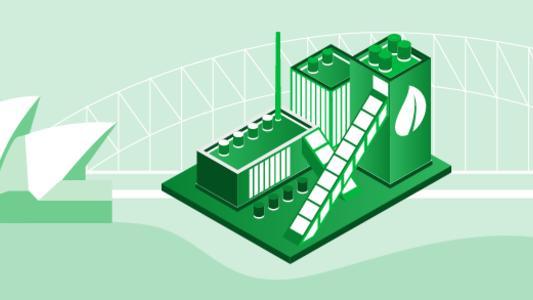
Biomass Energy and Biogas in Australia
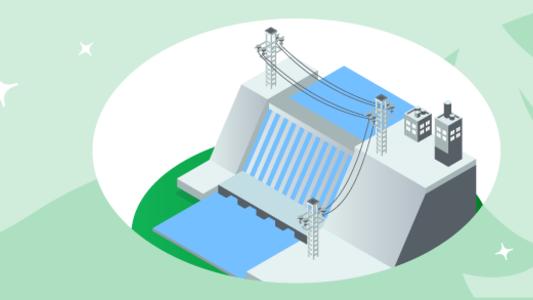
Hydroelectricity & Hydropower in Australia
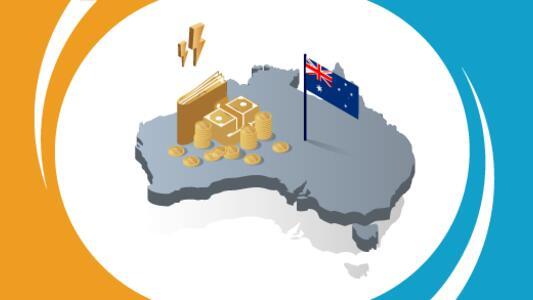
Green Gas: What Is It and Can You Use It at Home?
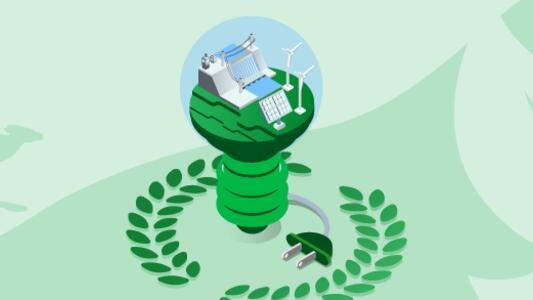
Green Energy: What It Is and Why It Matters

Smart Lighting Systems in Australia
Click below to find a better deal for your home!


